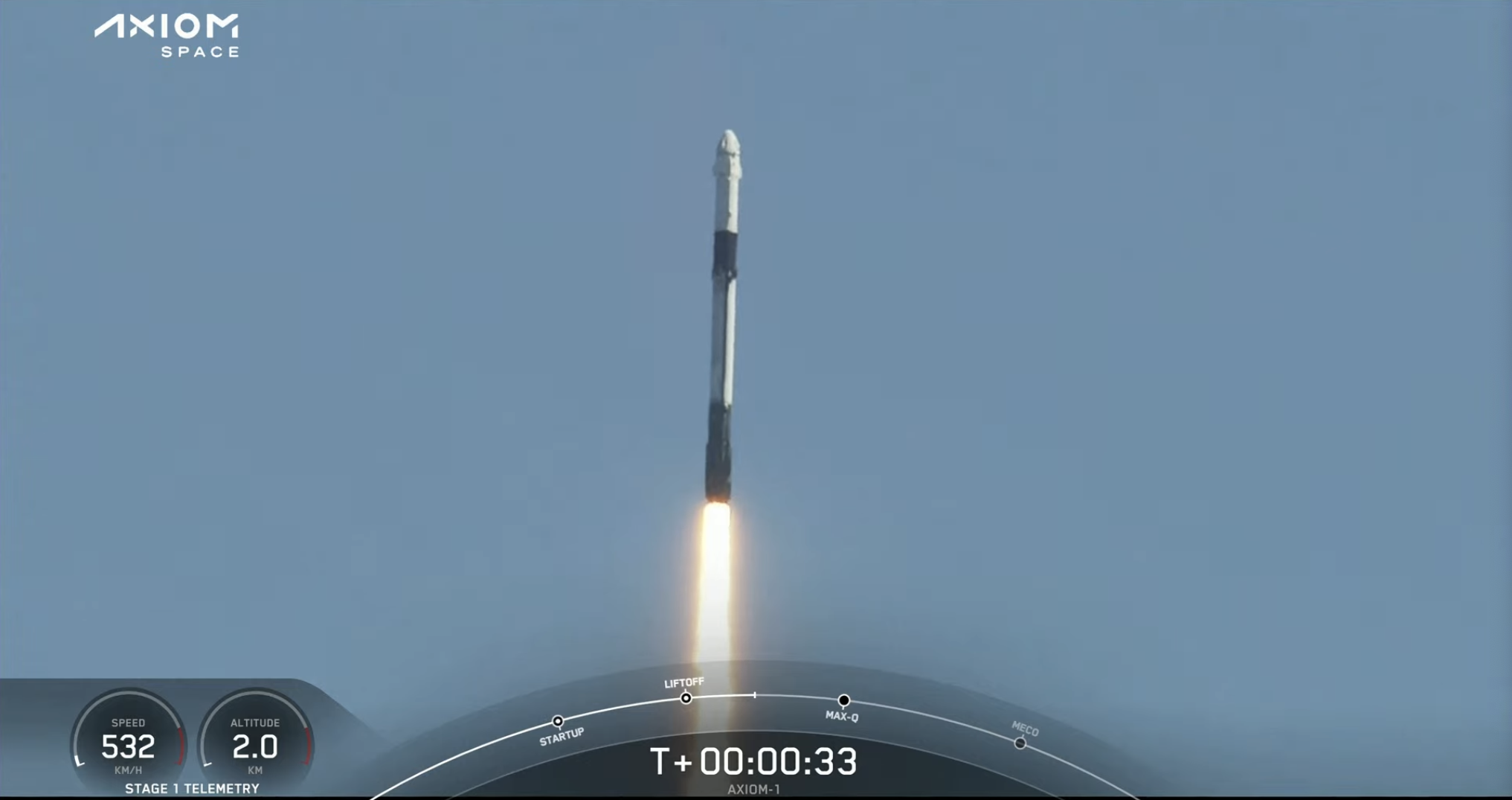
For the first time since 2001, a spacecraft carrying representatives of four sovereign nations roared into orbit at 11:17 a.m. EDT Friday, bound for a Saturday morning docking at the International Space Station (ISS). Seasoned shuttle astronaut, veteran ISS commander and America’s most experienced spacewalker Mike Lopez-Alegria—of Spanish heritage—was joined by entrepreneurs Larry Connor of the United States, Mark Pathy of Canada and Israel’s Eytan Stibbe aboard SpaceX’s Dragon Endeavour. Flying on behalf of Houston, Texas-based AxiomSpace, Inc., the quartet are embarking on the first all-private crewed mission to the space station.
Not since April 2001 and the voyage of a shuttle also called Endeavour have four nationalities launched together aboard a single spacecraft. When STS-100 rocketed to low-Earth orbit over two decades ago, its seven-man crew included representatives of the United States, Canada, Italy and Russia.
“What a historic launch,” said NASA Administrator Bill Nelson. “NASA’s partnership with industry through the commercial cargo and crew programs has led our nation to this era in human spaceflight: one with limitless potential.”
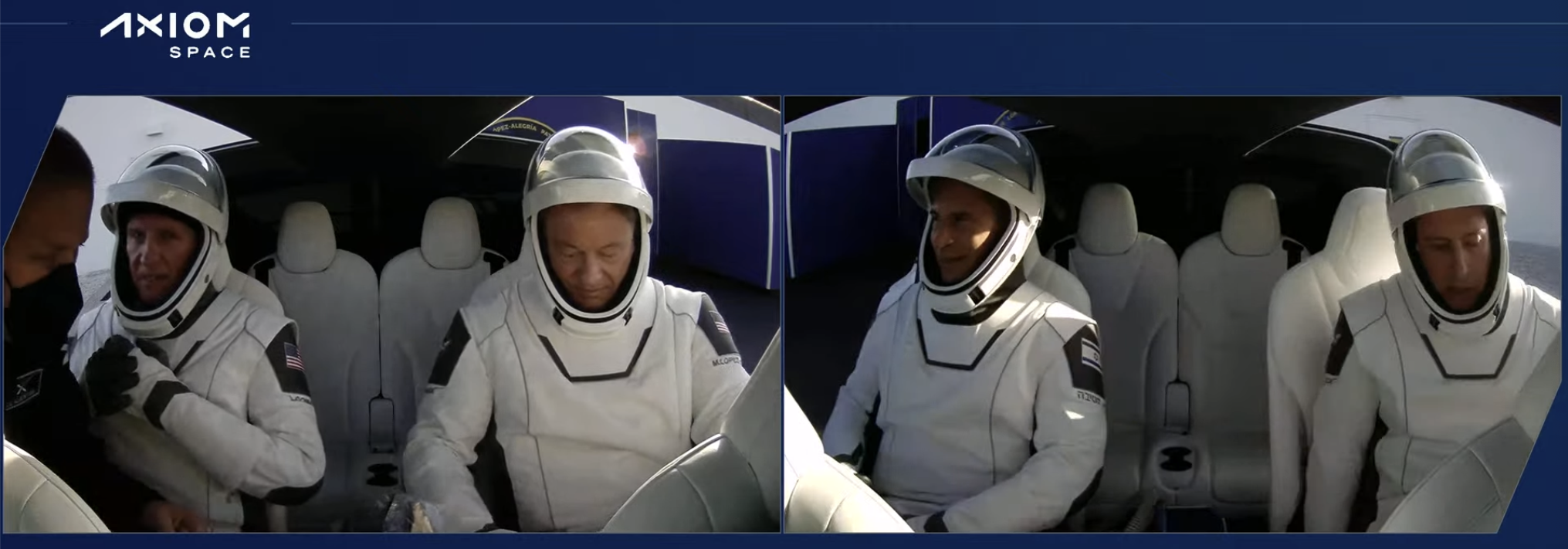
“This journey is a culmination of long hours of training, planning and dedication from the crew and entire AxiomSpace team, our partners at SpaceX and, of course, a credit to NASA’s vision to develop a sustainable presence in low-Earth orbit,” added Michael Suffredini, president and CEO of AxiomSpace.
As expected, the weather for Friday’s launch was highly favorable, having increased from 80 to 90-percent acceptable. After completing the ritual of suit-up, the crew headed out to a pair of Tesla Model Xs at just before T-3 hours, with Lopez-Alegria and Connor riding the lead car and Pathy and Stibbe in the second car. A third Tesla carried medical personnel. At Pad 39A—a launch complex from which Lopez-Alegria had flown twice before, on his STS-92 and STS-113 shuttle missions—the crew took the elevator up to Endeavour’s access hatch and were assisted into their seats.
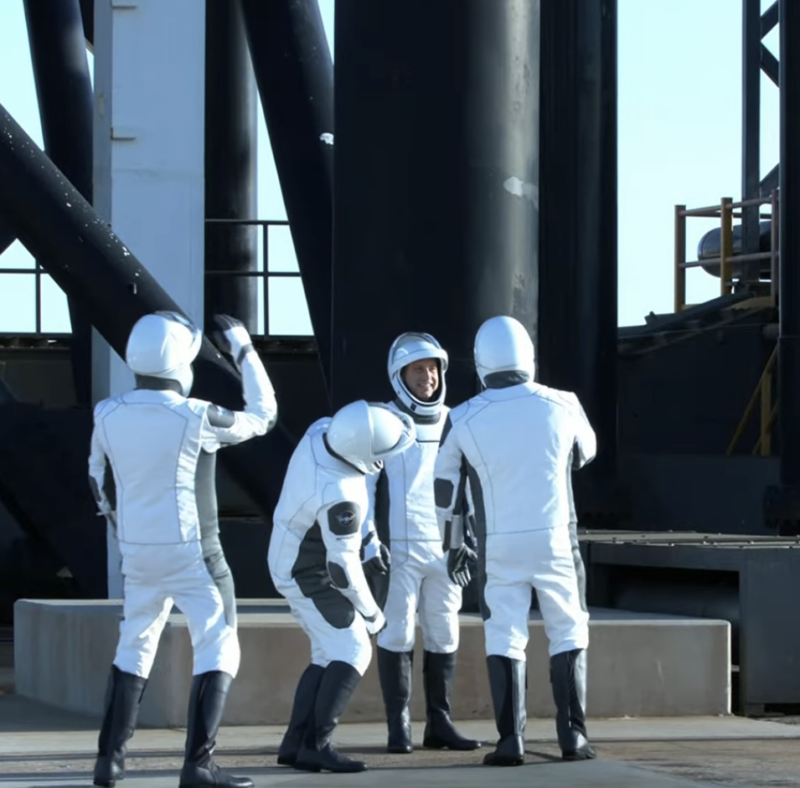
The countdown progressed with exceptional smoothness, against a crystalline blue Florida sky. “Dragon, SpaceX, Go for Launch,” came the call from the Launch Director at T-45 seconds. In the cool tones of a professional astronaut who had done this before, the unflappable Lopez-Alegria replied: “SpaceX, Endeavour, we acknowledge. Go for Launch.” Perhaps in those final seconds, he reflected on his last launch from this pad, way back in November 2002, which by happenstance was aboard another Endeavour.
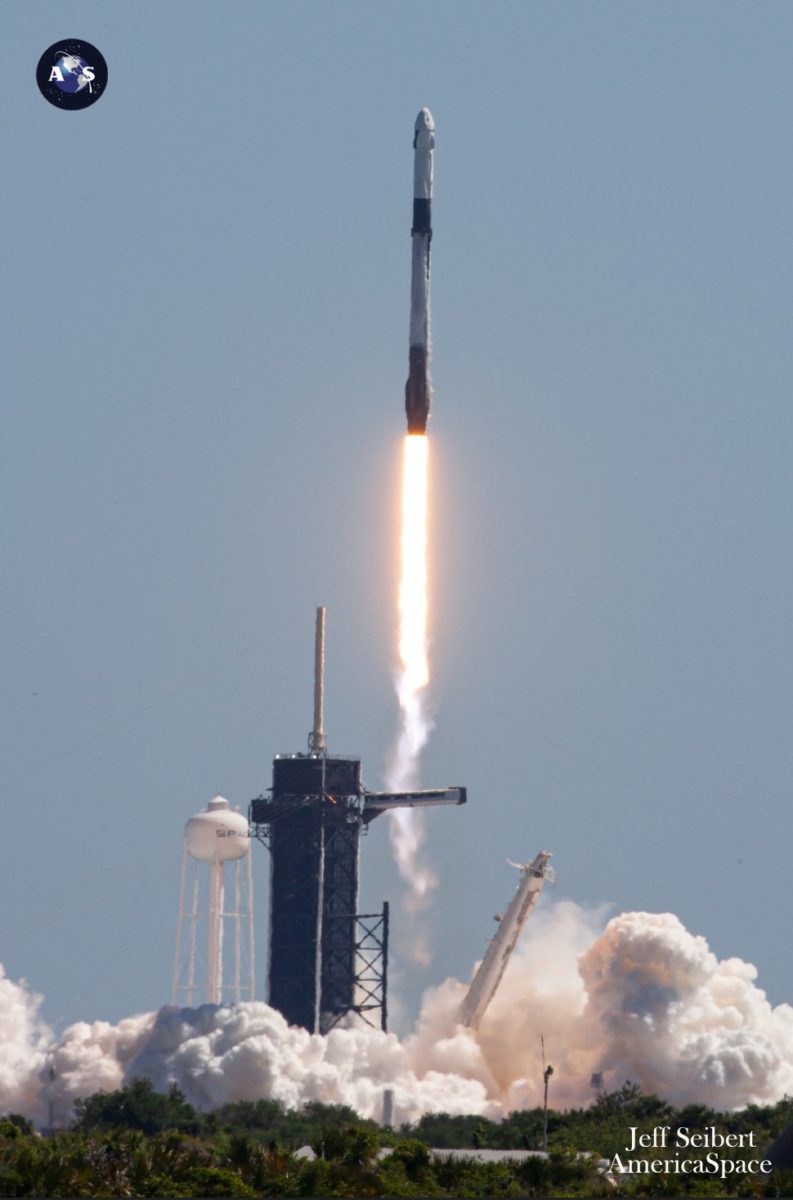
Precisely on time at 11:17 a.m. EDT, the nine Merlin 1D+ engines roared to life and the second Falcon 9 mission of April got spectacularly underway. “Go Falcon, Go Dragon, Godspeed, Axiom-1!” came the call from the launch announcer as the 230-foot-tall (70-meter) booster powered uphill under 1.5 million pounds (680,000 kilograms) of thrust. Two-and-a-half minutes into ascent, B1062 shut down on time and separated from the stack to begin a descent to land on the deck of the Autonomous Spaceport Drone Ship (ASDS), “A Shortfall of Gravitas”.
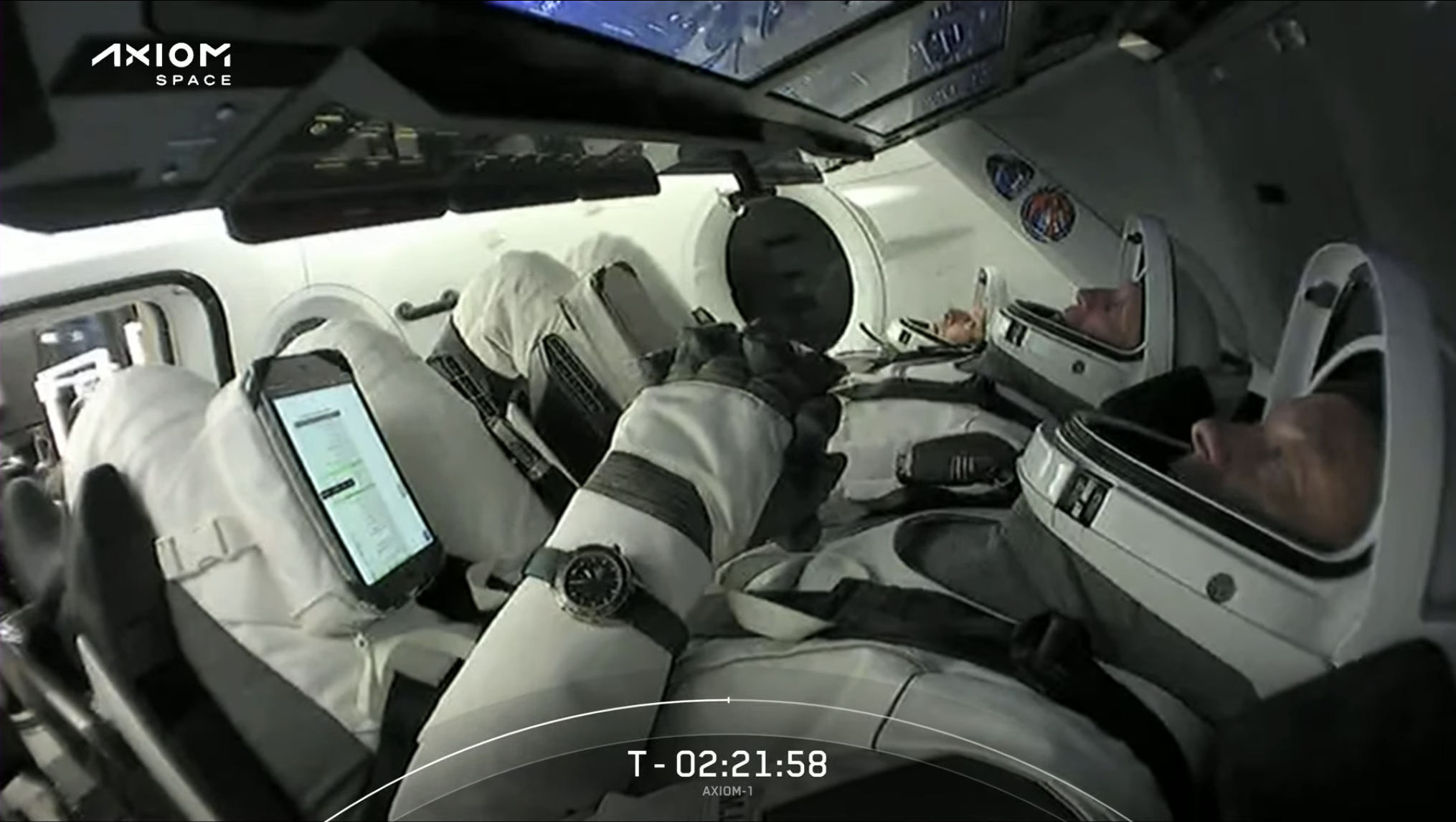
Today’s mission was the fifth outing of B1062, making it the most flight-seasoned launch vehicle to carry a human crew since the twilight of the Space Shuttle era. Meanwhile, the Merlin 1D+ Vacuum engine of the Falcon 9’s second stage picked up the baton to push Endeavour and her four crewman into low-Earth orbit.
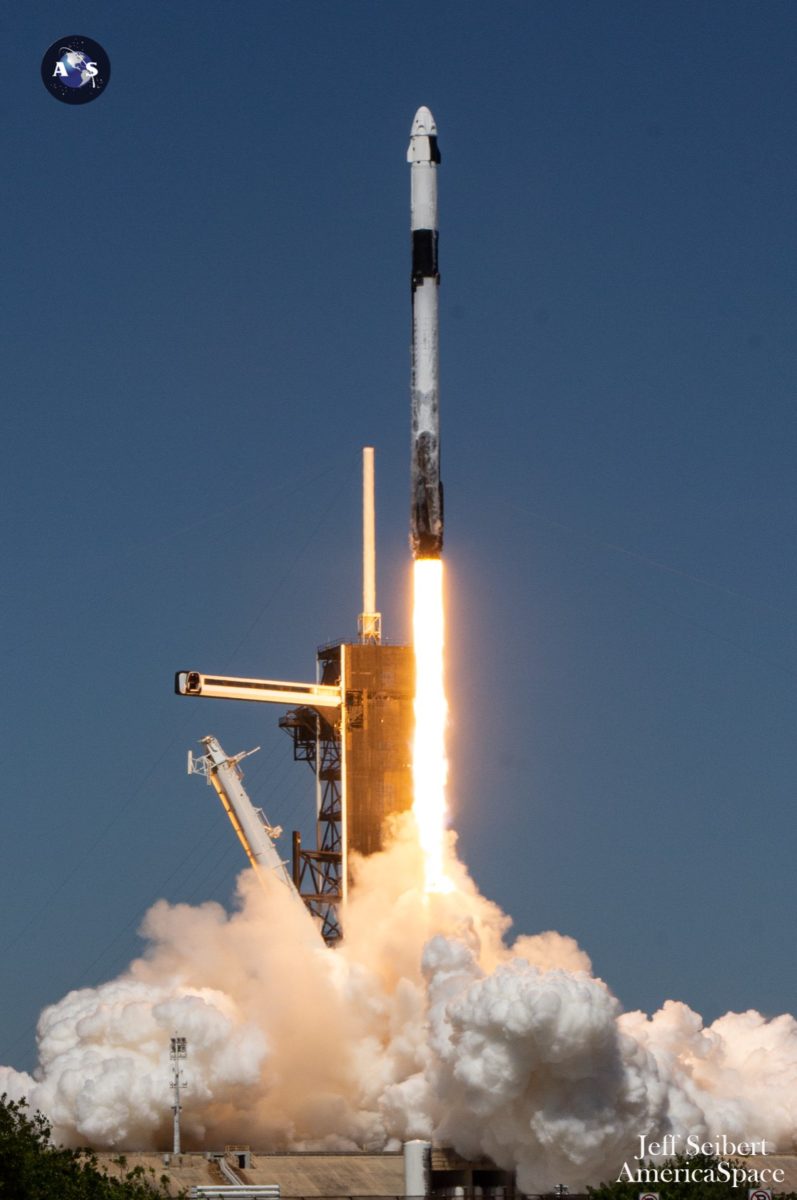
Photo credit: Jeff Seibert / AmericaSpace
With over 263 days in space from her two prior missions, Endeavour separated from the second stage shortly thereafter and a nominal orbit was confirmed. “We copy and it’s great to be here,” acknowledged Lopez-Alegria. Then, in a light-hearted nod to the late John Glenn’s famous words: “Zero-G and we feel fine!”
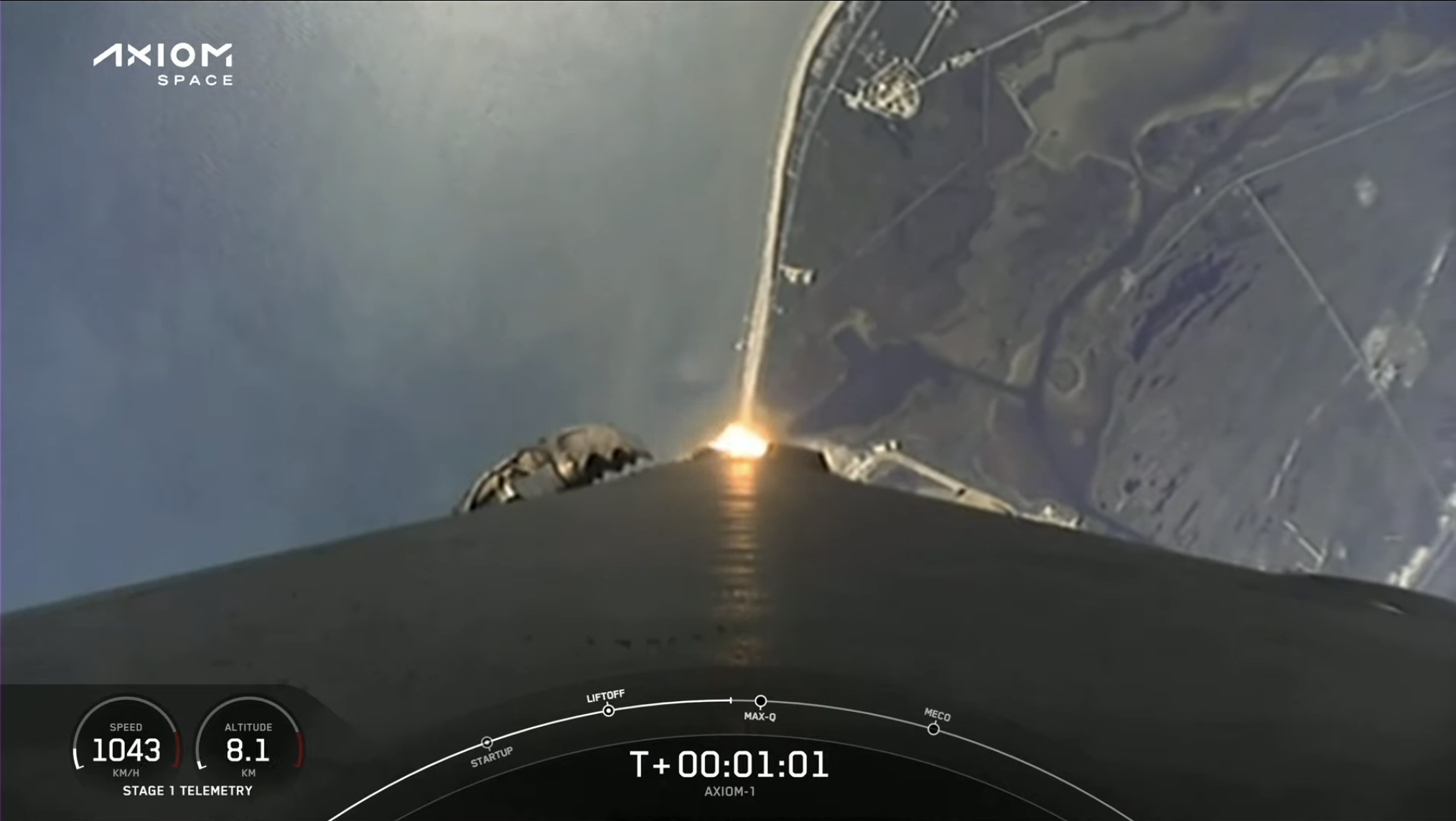
Ahead lay 20.5 hours and about 15 orbits to rendezvous with the ISS. Endeavour will execute an autonomous docking at the space-facing (or “zenith”) port of the Harmony node—at International Docking Adapter (IDA)-3—at about 7:45 a.m. EDT Saturday.
It will be the first time a crew-carrying Dragon has arrived at the station at the zenith port; all previous missions docked at the forward-facing IDA-2 port. But IDA-2 is presently occupied by Dragon Endurance, which delivered Crew-3 astronauts Raja Chari, Tom Marshburn, Kayla Barron and Matthias Maurer to the ISS last November.
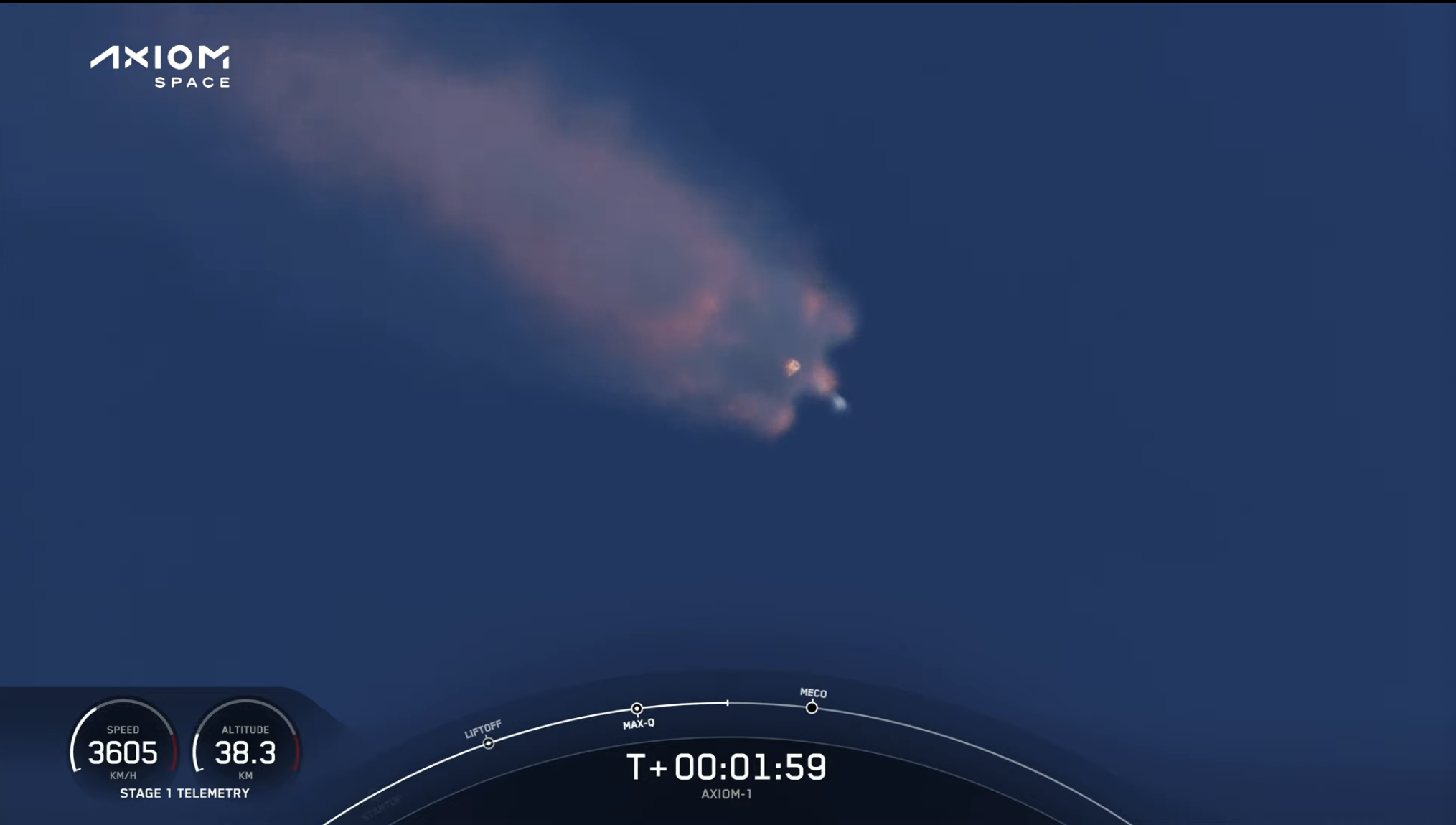
As such, tomorrow morning’s planned docking will mark only the second occasion that a pair of Crew Dragons will have been in residence at the ISS at the same time. For a few days last spring, Endeavour and her sister ship Resilience were docked at the station in support of the incoming Crew-2 and outgoing Crew-1 operations.
As is traditional, the Ax-1 crew carried a soft plush toy to serve as an indicator of the onset of weightlessness. Pathy’s work aboard the ISS will include several projects associated with Montreal Children’s Hospital.
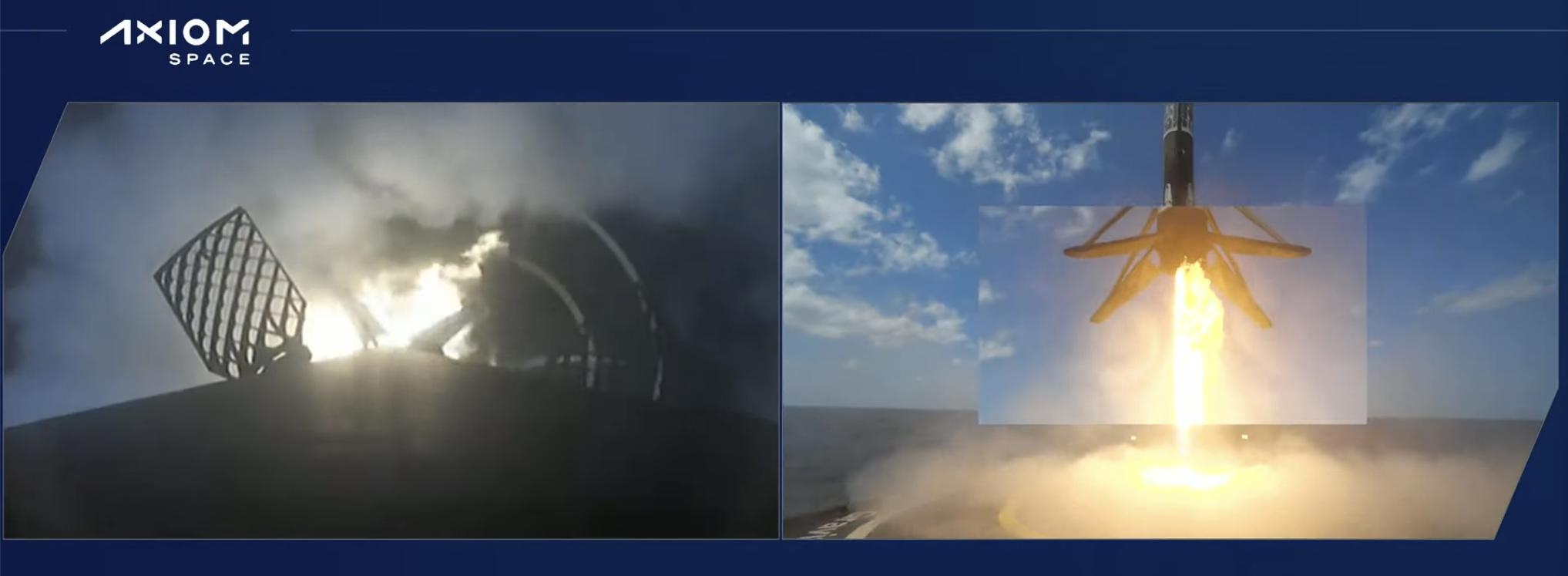
And as a result, Caramel the Dog—the hospital foundation’s mascot—was spotted floating freely in Endeavour’s cabin. Caramel follows in the fluffy paw-steps of the glittery dinosaur Tremor, who flew aboard Demo-2 in May-August 2020, and GuinGuin, the flying penguin, who accompanied Endeavour’s second team of astronauts on the Crew-2 mission in April-November of last year.
The Ax-1 crew arrival kicks off an extremely ambitious and busy period aboard the ISS. Lopez-Alegria, Connor, Pathy and Stibbe are aiming to spend eight days on the station, returning to Earth on 18 April to wrap up a mission of ten days total.
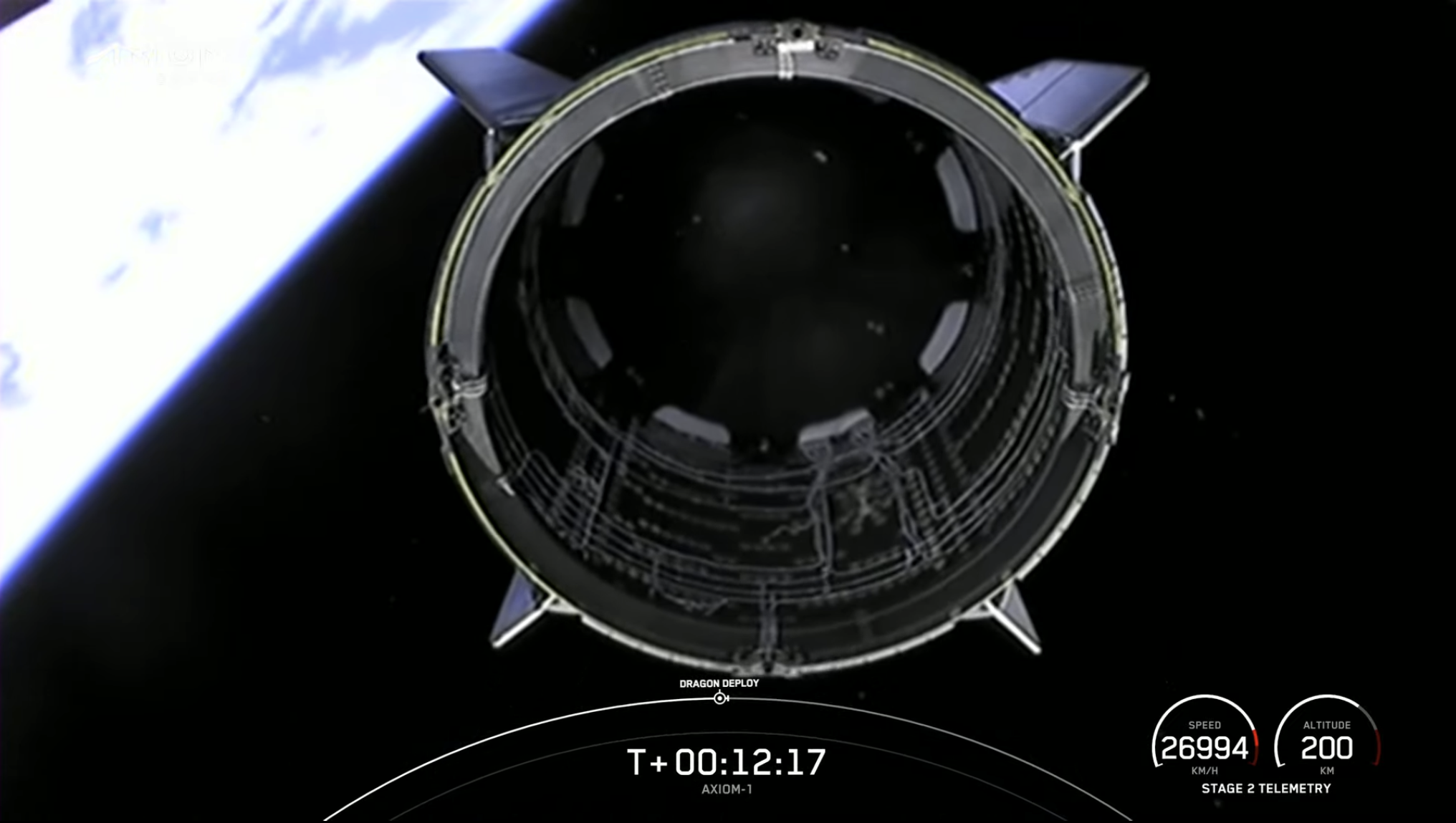
Next up from Pad 39A will be Dragon Freedom with Crew-4 Commander Kjell Lindgren and Pilot Bob “Farmer” Hines, together with Jessica Watkins and Italy’s Samantha Cristoforetti, currently targeting a pair of potential launch opportunities on 21 and 23 April. That promises to see two U.S. crewed orbital launches within the same calendar month for the first time since April 1991.
Following the arrival of Lindgren’s crew, a five-day “direct handover” with the incumbent Crew-3 will take place, before Dragon Endurance departs with Chari, Marshburn, Barron and Maurer in late April. In Friday’s Ax-1 Post-Launch Media Briefing, it was noted that Crew-3 has until the end of May to return home—in line with the 210-day minimum duration of the Crew Dragon vehicle—but it is expected to wrap up the handover by the end of April.




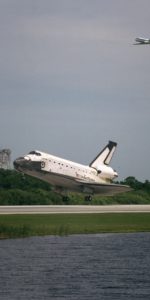

4 Comments
4 Pings & Trackbacks
Pingback:Ax-1 Crew Arrives Safely at Space Station - AmericaSpace
Pingback:Record-Tying Falcon 9 Lifts 500th Starlink, as Ax-1 Crew Eyes Homecoming - AmericaSpace
Pingback:SpaceX Scores Sixth Launch of April, Achieves Turnaround Record - AmericaSpace
Pingback:SpaceX Launches Egyptian Satellite to Orbit, CRS-25 Stands Down Until 28 June - AmericaSpace